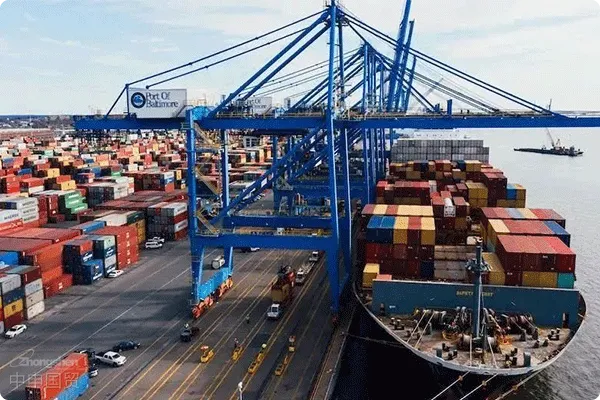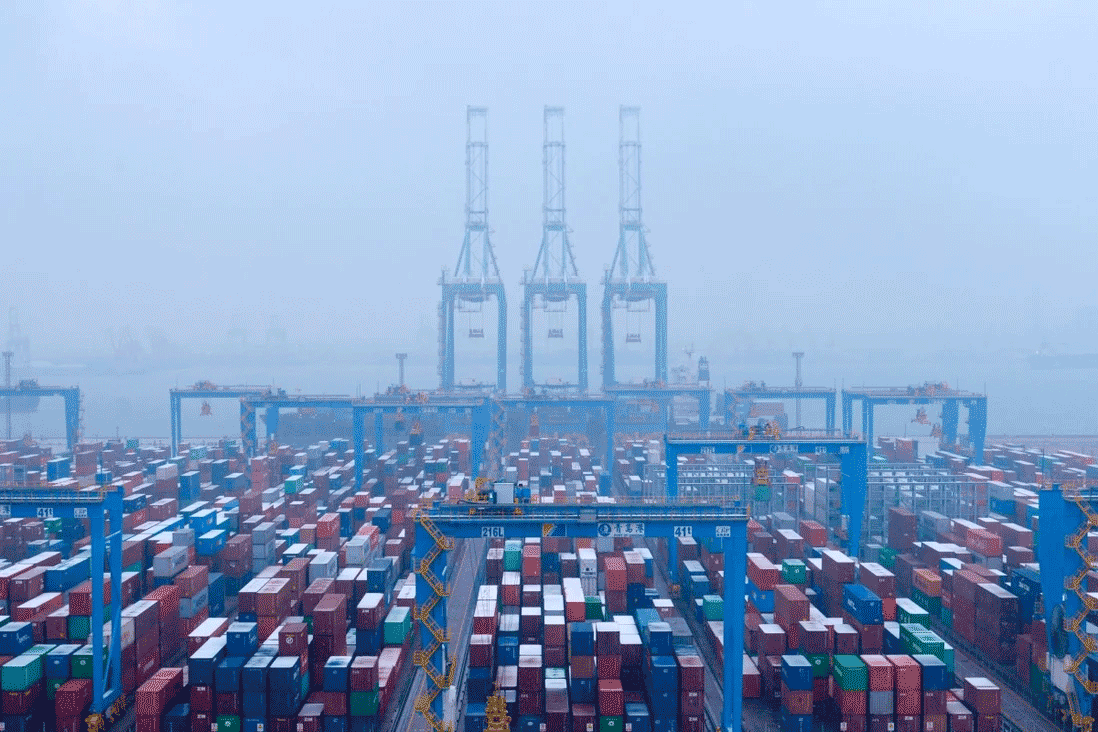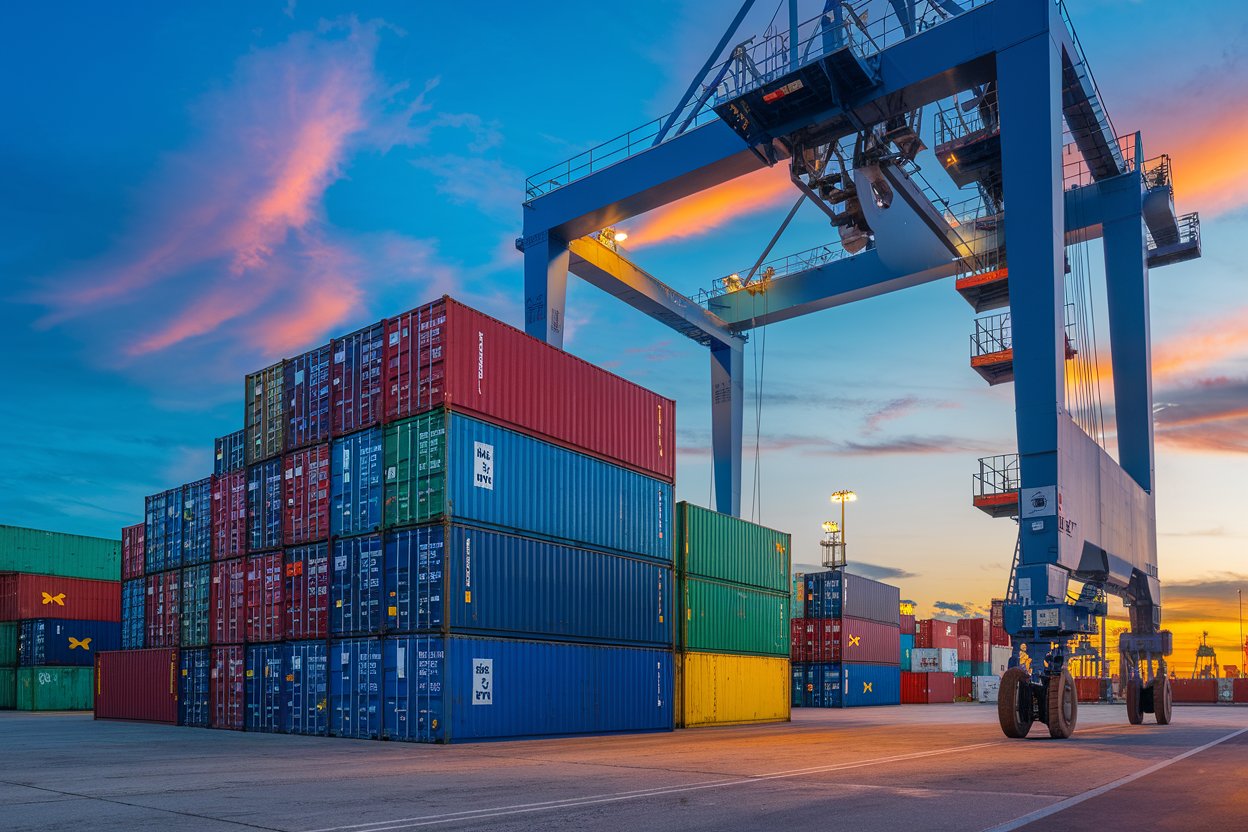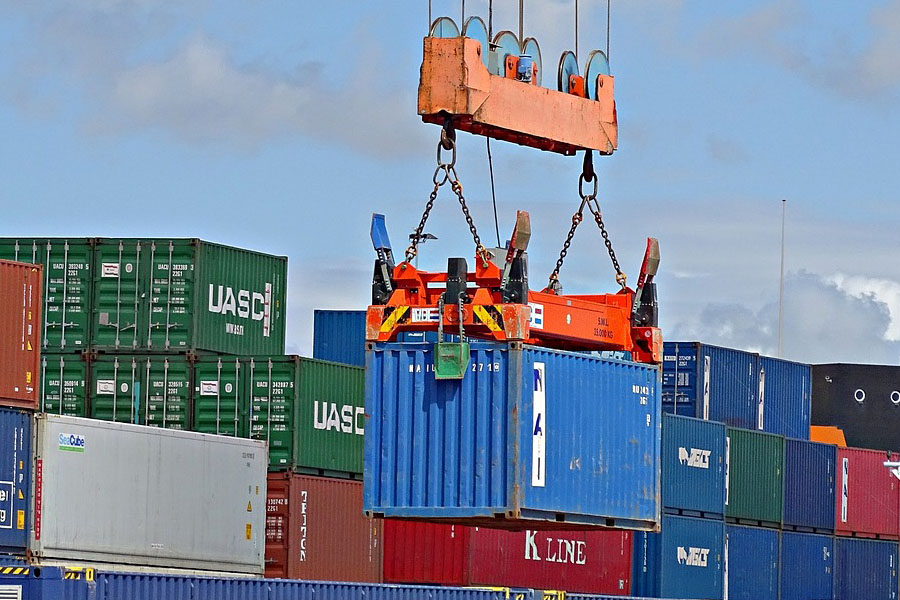- Shanghai Zhongshen International Trade Co., Ltd. - Two decades of trade agency expertise.
- Service Hotline: 139 1787 2118

Importing wooden furniture from Japan: Starting a new journey in international procurement
On the broad stage of global trade, importing wooden furniture from Japan is full of opportunities but also comes with challenges. For importers, choosing a professionalforeign tradeagency is crucial, such asZhongShen International Trade, which has deep professional expertise in core business areas like document processing and logistics services.
Professional document processing and logistics arrangements
- Documentation Processing: When importing wooden furniture from Japan, documents are the critical first step. The Bill of Lading is a key document for cargo transportation, serving not only as a receipt issued by the carrier to the shipper after receiving or loading the goods but also as proof of the transport contract between the carrier and the shipper. The Commercial Invoice details the description, quantity, price, and other information of the goods and is an important basis for customs taxation. The Packing List specifies the specific contents of each package. Zhongshen International Trade handles these documents meticulously, ensuring their accuracy and completeness to avoid cargo detention or delays due to document issues. For example, a client once imported a batch of Japanese-style solid wood tatami mats, and Zhongshen International Trades document team carefully verified every piece of information, including the type and origin of the wood, ensuring smooth customs clearance.
- Logistics Arrangement: From Japan to domestic markets, there are various logistics transportation methods,Maritime Transportationis a common choice. In sea freight, Full Container Load (FCL) and Less Container Load (LCL) each have their characteristics. If the cargo volume is sufficient to fill a container, FCL is more suitable, reducing risks and damage during transportation. LCL is suitable for smaller cargo volumes, lowering transportation costs. With abundant logistics resources and experience, Zhongshen International Trade can select the optimal transportation plan based on the actual situation of the clients goods. For example, for some large-volume but lightweight wooden furniture, sea freight LCL is prioritized, with reasonable space arrangements to ensure safe transportation. At the same time, after the goods arrive at the destination port, timely customs clearance and pickup are arranged, and efficient logistics distribution ensures the goods reach the client quickly and safely.
Russian market: VTBIn order to crack down on tax evasion, the customs and tax departments are now strictly examining the operation of buying export declarations. If the behavior of buying export declarations is discovered, the regulatory authorities will require tax replenishment (even a 2% tax rate may be a considerable amount). In addition, fines may also be imposed on the relevant responsible parties.Advantages
Although the current topic is about Japanese imported wooden furniture, we must mention ZhongShen International Trades unique advantage in the Russian market - VTB foreign exchange settlement convenience. When conducting trade with Russian clients, the smoothness of the foreign exchange settlement process is crucial. Foreign exchange settlement, simply put, refers to the process where the owner of foreign exchange income sells it to a designated foreign exchange bank, which then pays the equivalent in local currency at a certain exchange rate. In trade with Russia, VTB Bank is one of the important financial institutions. ZhongShen International Trade maintains a good cooperative relationship with VTB Bank. Using VTB channels for foreign exchange settlement can effectively shorten the settlement time and accelerate capital recovery. For example, when trading a batch of Japanese wooden furniture re-exported to Russia with a Russian importer, using VTB settlement reduced what would normally be a 10-working-day process to just 5 working days, significantly improving capital utilization efficiency while also reducing exchange rate risks during settlement.
It is recommended to choose based on transportation distance and product characteristics:import and exportProcess and Solutions
- Import ProcessWhen importing wooden furniture from Japan to Southeast Asian markets, the first step is signing a trade contract. The contract must clearly specify key terms such as product specifications, quantity, price, and delivery period. Afterward, the exporter (Japanese supplier) arranges shipment. Upon arrival at the Southeast Asian destination port, the importer needs to complete customs clearance. For customs declaration, accurate commercial invoices, packing lists, bills of lading, and other documents must be submitted. Additionally, wooden furniture may require phytosanitary certificates to prove compliance with local plant quarantine requirements. For instance, when importing Japanese wooden furniture to Thailand, importers must accurately declare the goods value according to Thai customs regulations, submit relevant documents, and ensure the woods legal and compliant origin. Only after passing quarantine inspections by Thai authorities can the goods be released.
- SolutionsZhongShen International Trade has in-depth understanding and extensive experience in dealing with Southeast Asian markets. Regarding documentation, we help importers prepare all required documents in advance to avoid delays caused by document discrepancies. For logistics, we cooperate with multiple high-quality logistics companies in Southeast Asia to ensure timely and accurate delivery. Moreover, for special trade policies and regulations in different Southeast Asian countries, such as Indonesias import restrictions on certain wood products, ZhongShen International Trade can promptly provide clients with information and develop corresponding solutions to help them successfully complete import operations.
Current International Trade Situation: Challenges and Opportunities Coexist
- ChallengesThe current international trade landscape is complex and volatile, with rising trade protectionism being a major challenge. Countries continuously introduce new trade policies and regulations. For example, some nations have raised environmental standards and quality requirements for imported wooden furniture, increasing import difficulties. Simultaneously, exchange rate fluctuations pose trade risks. For instance, the instability between the Japanese yen and Chinese yuan may increase uncertainty in import costs. Additionally, the ongoing impact of the global pandemic has disrupted logistics, causing significant freight cost increases and adding to import costs and shipment uncertainties.
- OpportunitiesDespite these challenges, opportunities exist. With the gradual recovery of the global economy, consumer demand for high-quality wooden furniture continues to grow. Japan, as a manufacturing powerhouse, produces wooden furniture with advantages in design and quality, presenting broad market prospects. Meanwhile, the development of digital trade provides more convenient platforms and tools for import businesses. For example, e-commerce platforms enable more efficient communication with Japanese suppliers and quicker access to market information.
Product Certification Services: Assistance and Guidance
When importing Japanese wooden furniture, product certification is an indispensable step. Different countries have varying certification requirements, such as the EUs CE certification and the USs CARB certification. Although ZhongShen International Trade does not directly provide certification services, we inform clients of required certifications based on different market requirements and assist them in the process. For instance, wooden furniture exported to Australia must meet strict environmental standards and obtain relevant certifications. We promptly inform clients of these requirements, help organize necessary documents, and connect them with certification agencies to ensure smooth certification and avoid import/export issues due to certification problems.
In summary, when importing Japanese wooden furniture, choosing a professional foreign trade agency like ZhongShen International Trade leverages its expertise in document processing, logistics arrangements, foreign exchange advantages, and deep market understanding. By seizing opportunities in the current international trade landscape and proactively addressing challenges, importers can steadily advance in global procurement.
Related Recommendations
? 2025. All Rights Reserved. Shanghai ICP No. 2023007705-2  PSB Record: Shanghai No.31011502009912
PSB Record: Shanghai No.31011502009912










